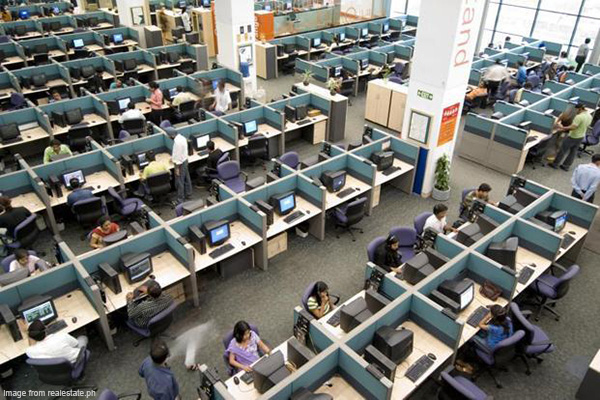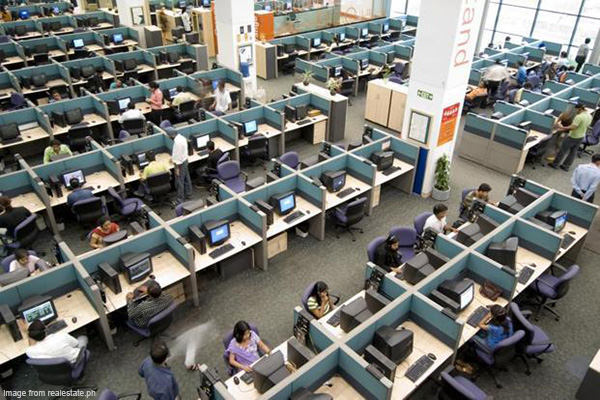Robust sub-sectors support IT-BPM industry

Date:
November 21, 2016
All six sub-sectors of the information technology-business process management (IT-BPM) industry are seen chalking up increases in revenues and in employment to support the six-year roadmap target set by the industry.
Sectoral forecasts for the animation, contact center, game development, health information management, software and captive in-house centers point to robust growth until 2022, a roadmap of the IT-BPM sector done by Frost & Sullivan shows.
The Information Technology Business Processing Association of the Philippines (IBPAP), in its “future-ready” roadmap entitled Accelerate PH, projects the industry to grow to $39 billion in revenues and 1.8 million workers by 2022.
Of those figures, the contact center sector/back office sector would continue to account for the biggest bulk of the revenues and employment, while the fastest growing sector would be animation.
Global in-house centers or shared service facilities mostly owned and operated by multinationals are fast catching up to be providers of high-value business process outsourcing (BPO) functions for internal clients for operations worldwide.
IBPAP projects the industry to end 2016 with slightly scaled down numbers, $23 billion revenues and 1.15 million workers, from the original target of $25 billion revenues and 1.3 million employees.
The target translates to an additional $16 billion – $2.6 billion a year – in revenues from 2016 to 2022, and an increment of 700,000 jobs or close to 120,000 new jobs every year from this year’s 1.1 million.
The target set by the Contact Center Association of the Philippines (CCAP) shows this subsector would continue to be the driver of growth for the entire IT-BPM sector, with revenues surging to $20.4 billion by 2022, more than 52 percent of the entire industry’s projected revenues. It would have 1.18 million in workers in six years, or 65 percent of total industry.
The growth rates of the sector will be the slowest among the industries, though it now has the widest base.
CCAP sees 2016 still a robust year with revenues of $12.8 billion, or more than half of the industry’s total earnings, and 751,207 workers.
Frost & Sullivan said within the contact center sector, non-voice is expected to grow much faster towards higher complexity back office services, with engineering services outsourcing and knowledge process outsourcing, which are high-value service,to be growth areas, particularly in North America, which currently accounts for 72 percent of markets servedby CCAP members.
This also means that market fragmentation in voice services is higher.
Revenues of contact centers are projected to grow at 8.2 percent between 2016 and 2022, and manpower at7.9 percent.
For this year, about $8.8 billion or a third of the revenues of contact centers would be derived from voice.
The next biggest source of revenues in IT-BPM, a far second, is the software sector, which is expected to grow to a $5.7-billion industry by 2022, nearly double from this year’s almost $3 billion.
Workers in software are seen growing to 207,000 in six years from this year’s 123,240.
The Philippine Software Industry Association (PSIA) sees room for growth in traditional verticals but manufacturing, travel, leisure and energy are future drivers.
Frost & Sullivan said as large IT outsourcing (ITO) tend to focus on mature markets, small and medium enterprises better capitalize on smaller high growth opportunities in Asia-Pacific.
PSIA sees the need to focus on both traditional and platform as key to growth.
“Large ITOs (will) expand delivery from the Philippines’ focus on full stack based digital solutions. Smaller players (would) focus on app development, managed services particularly with new markets in Asia,” the roadmap said.
Source: https://goo.gl/qcGiQS














